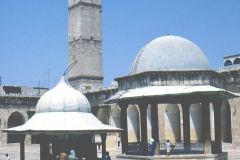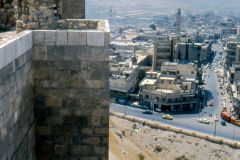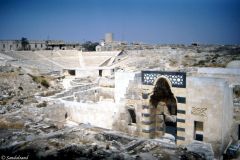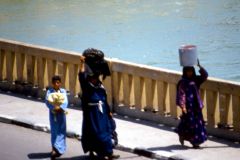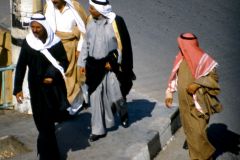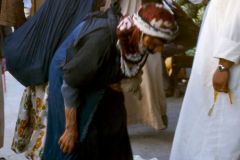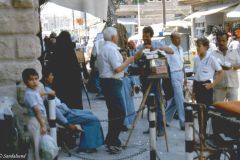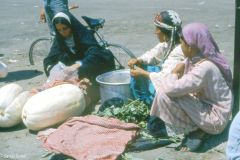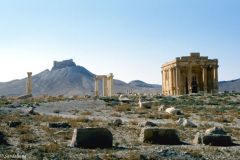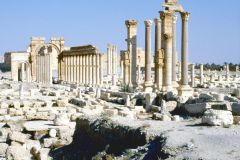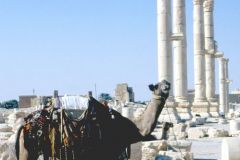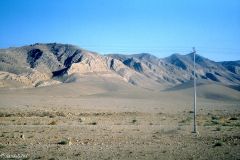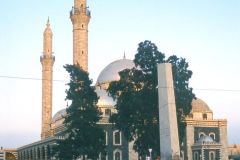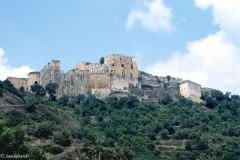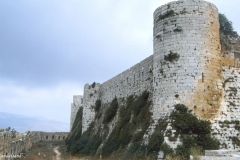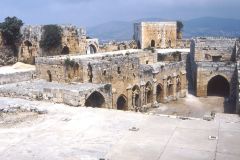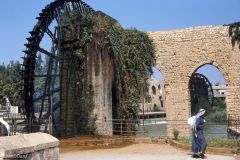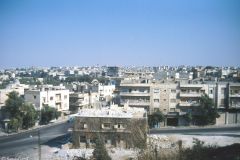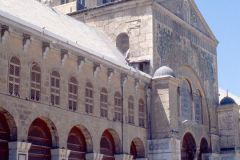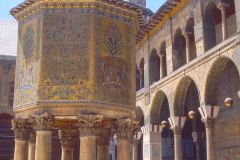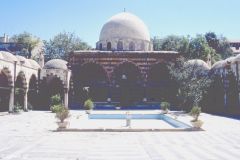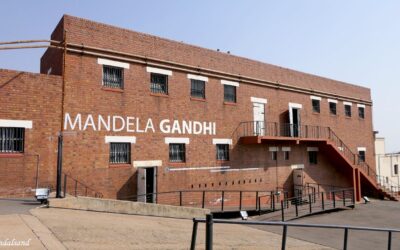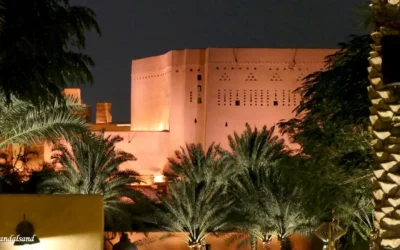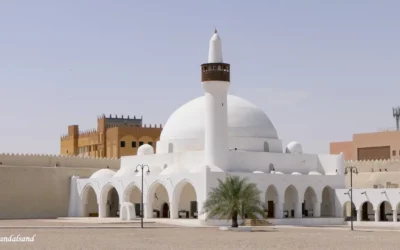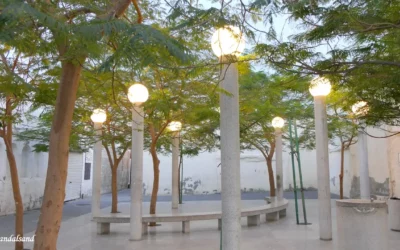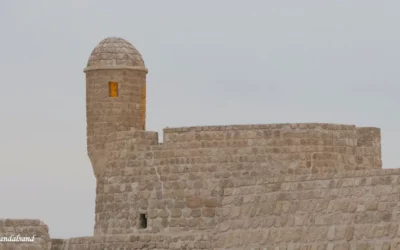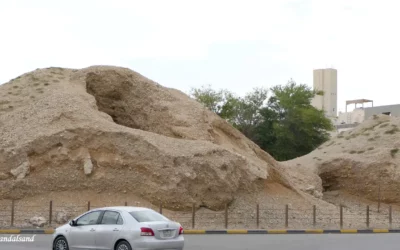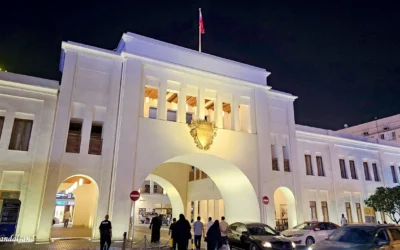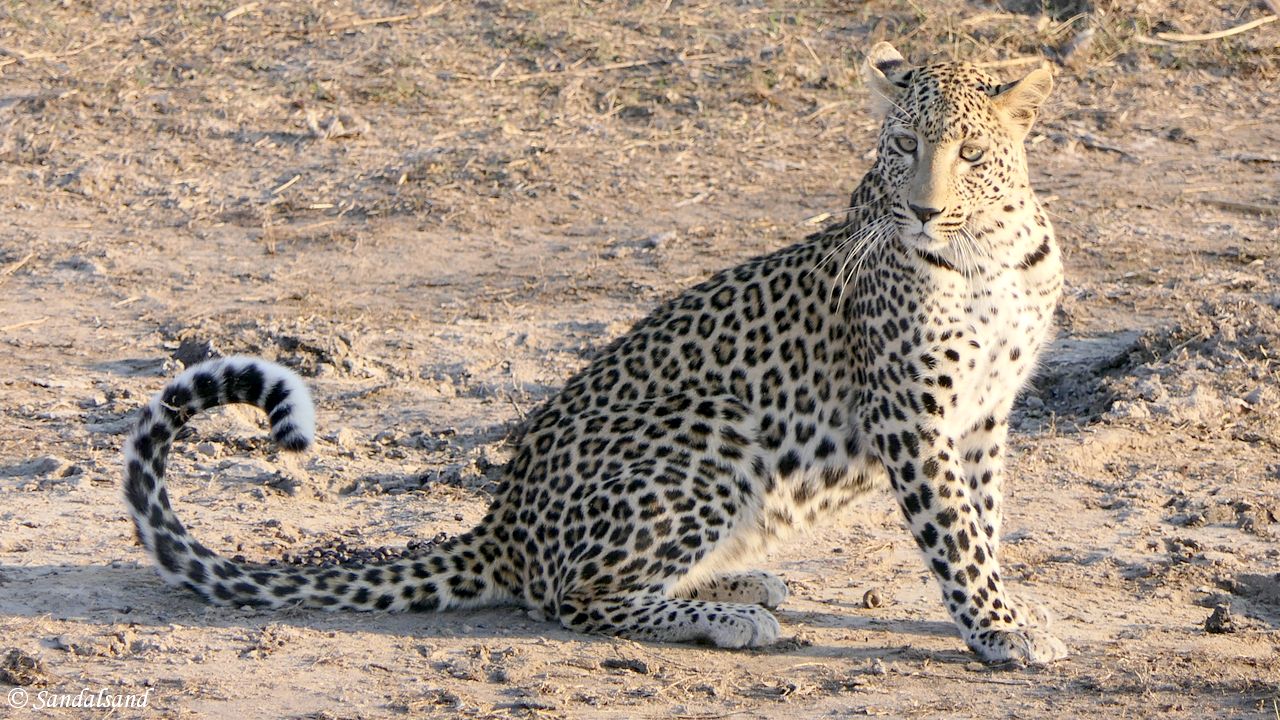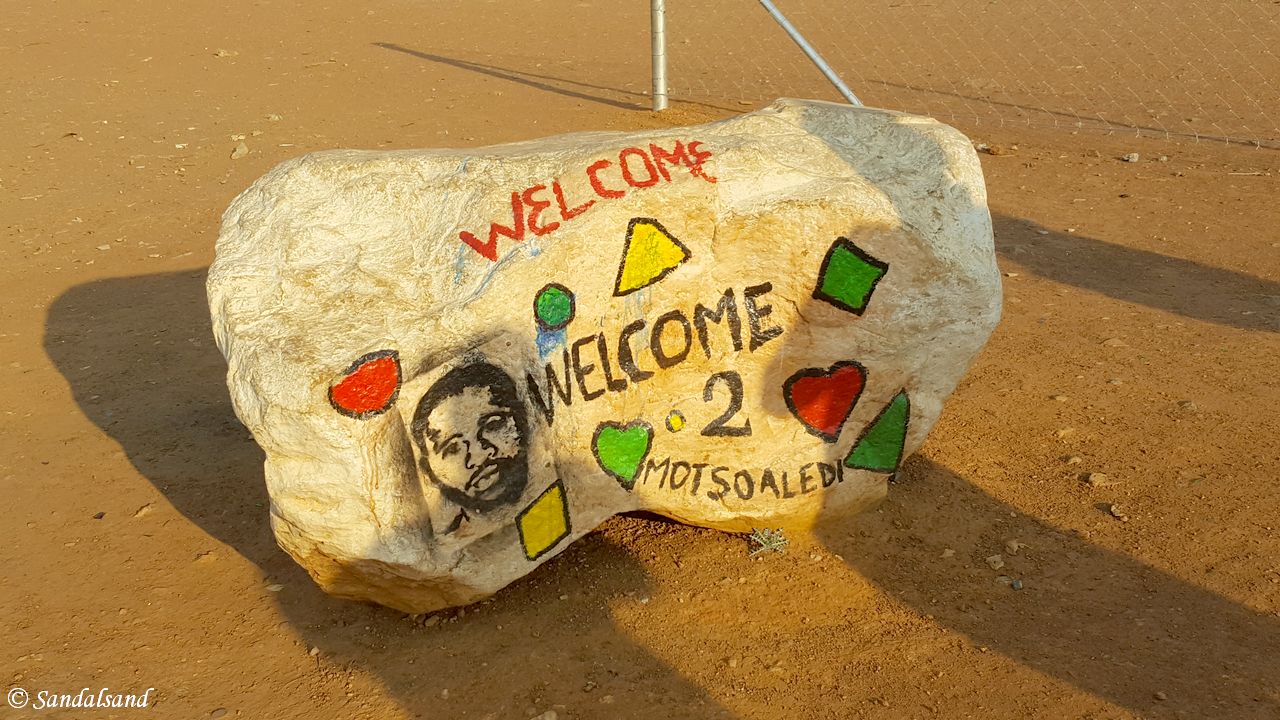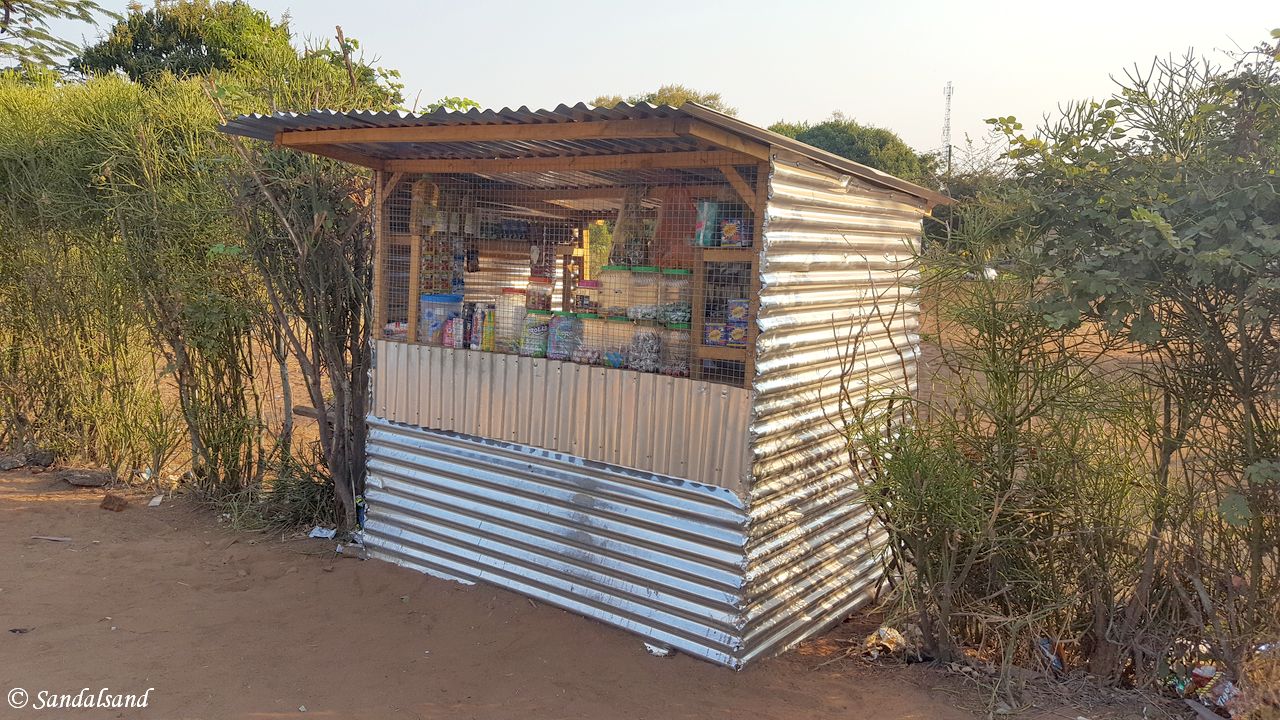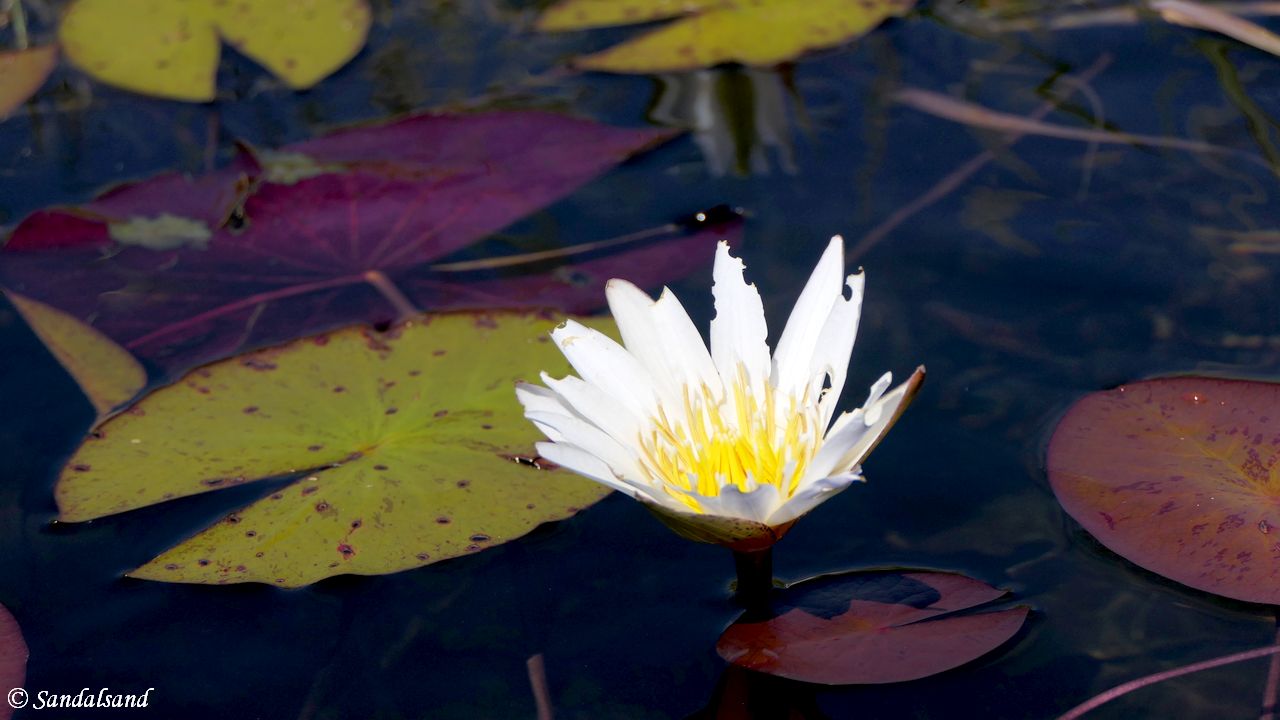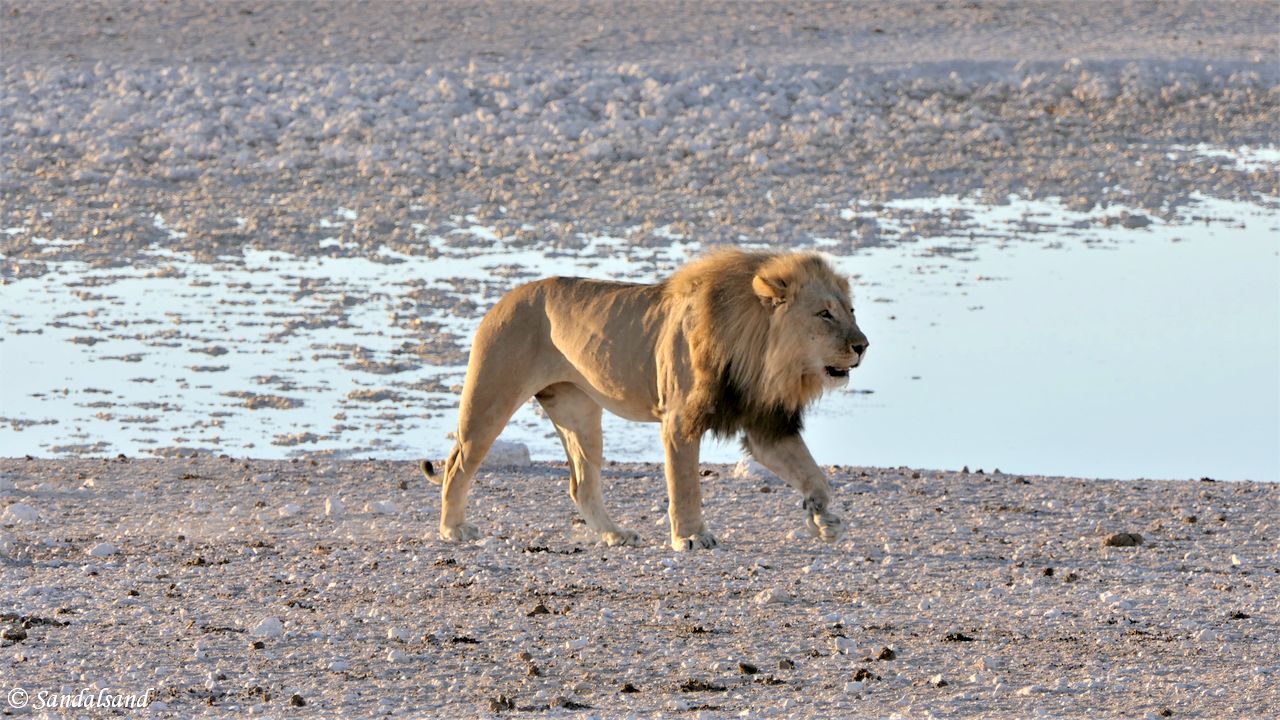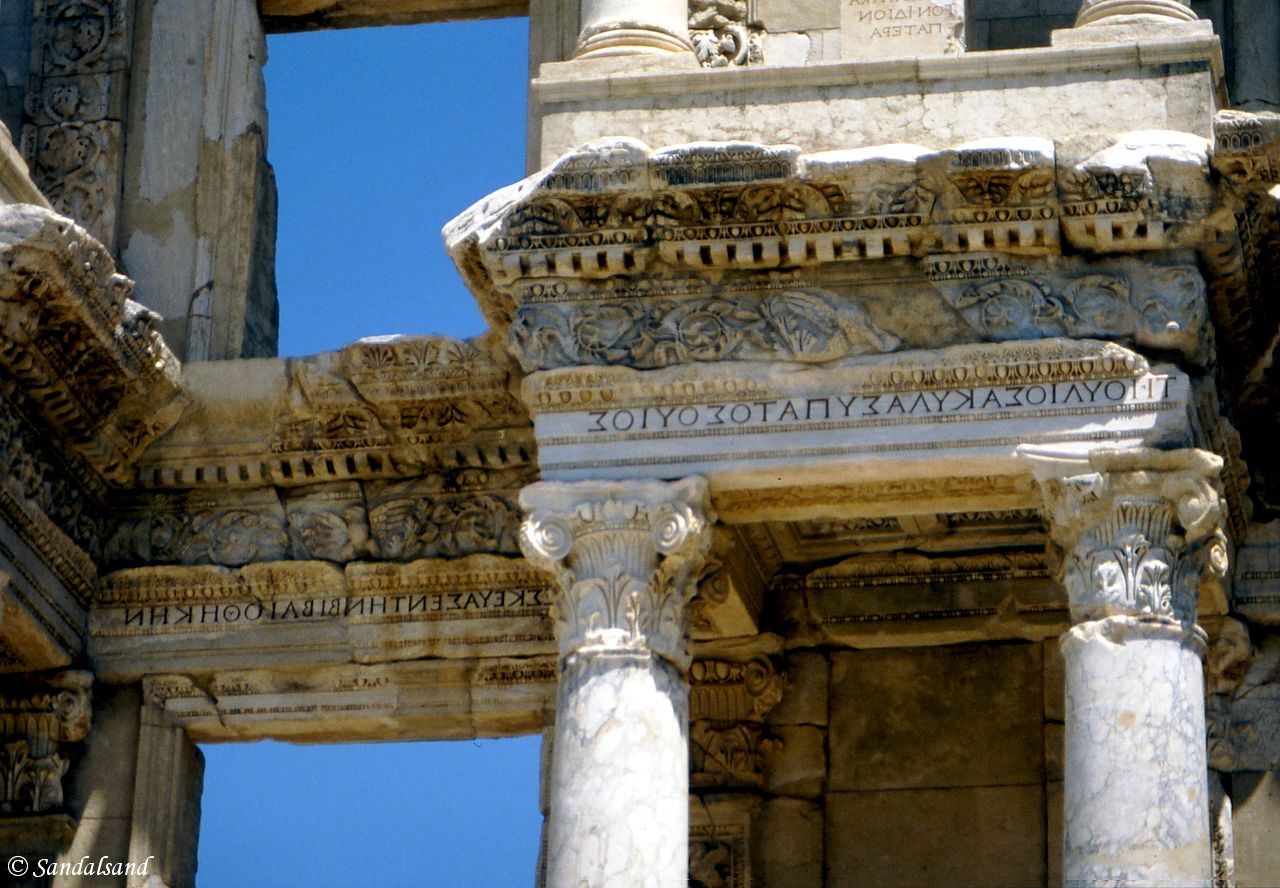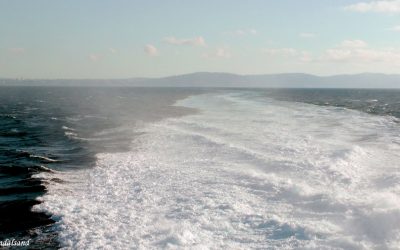Intro
States
Photos
Blog
Facts
Overall impressions
This image is from a distinct part of the Middle East and Africa. A group of men in traditional Arab attire had crossed a bridge over the River Euphrates. This was in the eastern Syrian town of Deir-es-Zor. Only minutes before, I had checked into a rather modest hotel room across the street.
Looking out the window, I could not resist the opportunity to take this photograph. There is nothing in particular going on and there are no telling surroundings. Yet, this picture symbolises a good deal to me if I generalise it to a regional context. Proud and traditional peoples with a very long history inhabit this region. They have strong religious sentiments. Besides, it’s a man’s world.
The Middle East and North Africa consists for the most part of Muslim countries. There are also large and important groups of Jews and Christians. In geopolitical terms, this region has for the last few decades been at the centre of the world’s focus. It contains some important root causes of much of the world’s disorder. For one thing this is due to the Israeli-Arab conflict. Second, the rich petroleum resources are of vital interest to the rest of the world.
Up until recently I have not had many impressions from the rest of this region, Africa. That has now changed as I have started to explore Africa south of the Sahara. Have a look at the map below.
Countries
Algeria | Angola | Bahrain | Benin | Botswana | Burkina Faso | Burundi | Cameroon | Cape Verde | Central African Republic | Chad | Comoros | Congo R | Congo DR | Cyprus | Djibouti | Egypt | Equatorial Guinea | Eritrea | Ethiopia | Gabon | Gambia | Ghana | Guinea | Guinea-Bissau | Iran | Iraq | Israel | Ivory Coast | Jordan | Kenya | Kuwait | Lebanon | Lesotho | Liberia | Libya | Madagascar | Malawi | Mali | Mauritania | Mauritius | Morocco | Mozambique | Namibia | Niger | Nigeria | Oman | Palestine | Qatar | Rwanda | São Tomé and Príncipe | Saudi Arabia | Senegal | Seychelles | Sierra Leone | Somalia | South Africa | South Sudan | Sudan | Swaziland | Syria | Tanzania | Togo | Tunisia | Türkiye | Uganda | United Arab Emirates | Yemen | Zambia | Zimbabwe
The Middle East consists of 17 (or 16 if one omits Palestine) countries. They stretch from Türkiye (formerly Turkey) in the north and west, to Iran in the east, and also south on the Arabian Peninsula. In Africa there are 54 independent countries and 10 non-sovereign territories.
As the map shows, I have been to very few. In all I have made it to 16 independent countries out of 71. Click in the country list above to view all posts from each country.
One final note. I have for practical purposes grouped the Middle East and Africa into one region. It is not a coherent territory. Africa is a continent, but the Middle East is part of Asia. However, the Middle East has very much in common with North Africa for many reasons (cultural, ethnic, religious, historical, economic etc.). Sub-Saharan Africa differs in most respects. Read the fact sheet below.
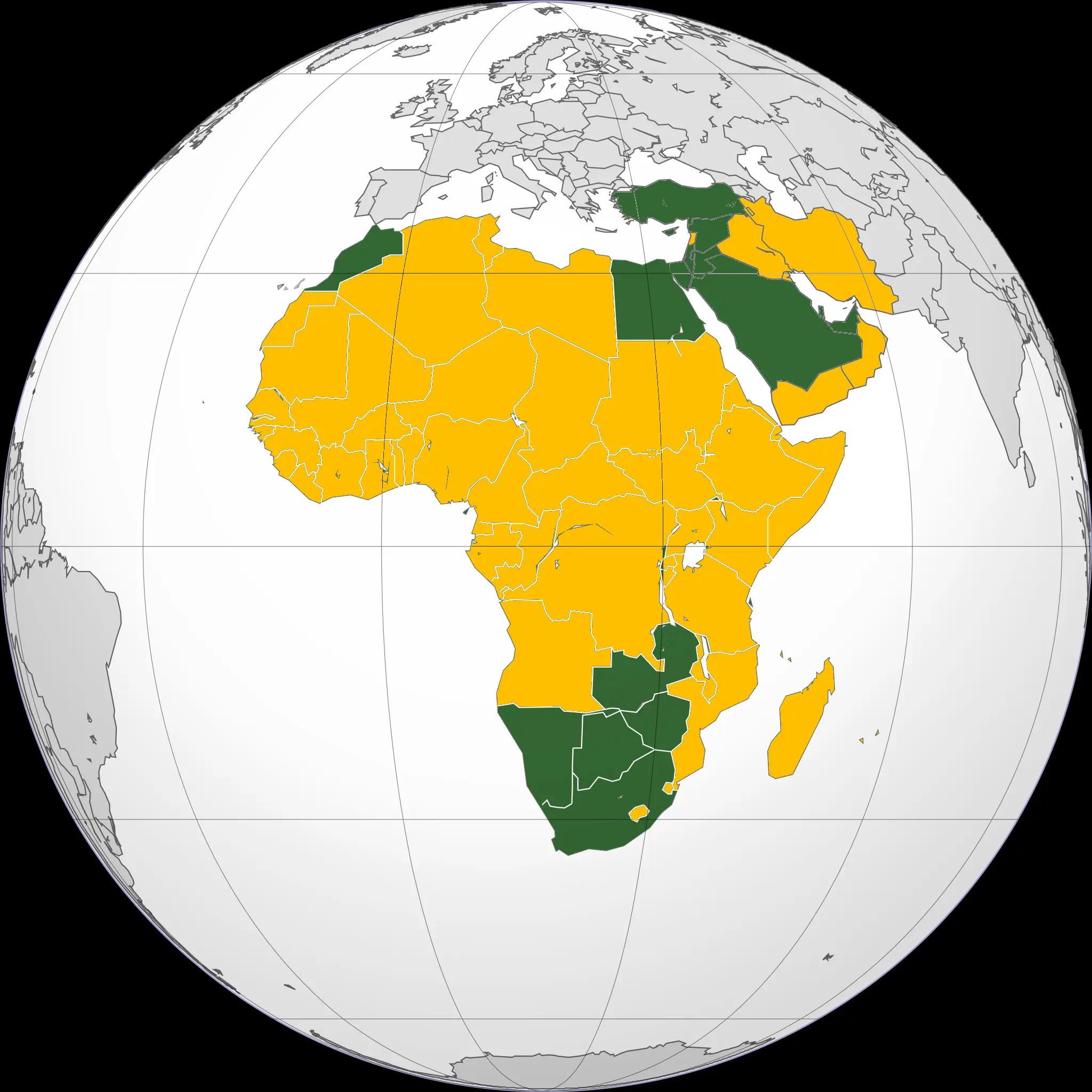 Map of Middle East and Africa. Sandalsand has been to countries marked with a green colour, not the yellow ones. (Derived from: Wikimedia Creative Commons Attribution-Share Alike 3.0 Unported)
Map of Middle East and Africa. Sandalsand has been to countries marked with a green colour, not the yellow ones. (Derived from: Wikimedia Creative Commons Attribution-Share Alike 3.0 Unported)Posts from the Middle East and Africa
World Heritage #1676 – Nelson Mandela Legacy Sites
There are 14 Nelson Mandela legacy sites in South Africa representing the country's struggle for human rights, liberation and reconciliation. The...
World Heritage #1361 – Historic Jeddah
Jeddah on the shore of the Red Sea was for centuries the gateway for seafarers on Hajj to Mecca, the most holy city of Islam. The old part of Jeddah...
World Heritage #1329 – At-Turaif
The At-Turaif district in Riyadh was the first capital of Saudi Arabia. It has been restored into a prominent tourist destination. The UNESCO World...
World Heritage #1563 – Al-Ahsa Oasis
The Al-Ahsa Oasis in Saudi Arabia is the world's largest oasis with 2.5 million date palms. And there is much more to discover as well. The UNESCO...
World Heritage #1364 – Pearling
Pearling "Testimony of an Island Economy" is a World Heritage Site in the Bahraini city of Muharraq. It was once the centre of the most prosperous...
World Heritage #1192 – Qal’at al-Bahrain
The Qal'at al-Bahrain is an archaeological site with remains of 4500 years of human activity. Today the Portuguese Fort dominates the view. The...
World Heritage #1542 – Dilmun Burial Mounds
The Dilmun Burial Mounds in Bahrain exceed 10,000 in number and testify to an ancient civilisation that flourished more than 4,000 years ago. The...
Pictures from Saudi Arabia
This is a collection of pictures from Saudi Arabia. It is the result of a single trip to the large country on the Arabian Peninsula. If you look...
Pictures from Bahrain
This is a collection of pictures from Bahrain. It is the result of a single trip to the rich country in the Persian Gulf. If you look into this link...
World Heritage #0689 – As-Salt
As-Salt is a Jordanian town which had its Golden Age in the years between the 1860's to the 1920's. UNESCO calls it a place of tolerance and...
Pictures from Zimbabwe
This is a collection of Sandalsand's pictures from Zimbabwe, more precisely the south and the mighty Victoria Falls. If you look up my articles...
Pictures from Botswana
This album contains pictures from Botswana. More precisely they are from the north, on a safari to various camps and in particular into the Okavango...
Pictures from Namibia
This album contains pictures from Namibia. They are from different parts of the country, from the red sands in the south, to the Atlantic coast, the...
Pictures from the United Arab Emirates
Find pictures from the United Arab Emirates, more precisely from Dubai. This was Sandalsand's first visit to any of the seven emirates which...
Pictures from South Africa
Have a look at my pictures from South Africa, more precisely from a round-trip of central Johannesburg and a visit to the township of Soweto. Check...
Pictures from Zambia
In this post you will find a series of pictures from Zambia. More precisely, they are from the town of Livingstone in the south. Check out...
World Heritage #0509 – Victoria Falls
The Mosi-oa-Tunya / Victoria Falls is spectacular and overwhelming. And wet. This was an exciting grand finale of a wonderful safari in Southern...
World Heritage #1432 – Okavango Delta
The Okavango delta is the world's largest inland delta. Unlike other deltas it does not empty into an ocean. Water just drains in the desert or...
World Heritage #1430 – Namib Sand Sea
The Namib Sand Sea is huge and contains some of the world's tallest sand dunes. It beckons us into hidden valleys. For these and more reasons it is...
Pictures from Qatar
Dig into a selection of pictures from Qatar, this extremely rich peninsular country in the Gulf. There are a couple of galleries to browse, stemming...
At long last, I’ll be visiting Africa
The essence of this trip is a safari in Southern Africa on an organised tour with a South African operator and a medium sized group. They promise a...
Suggestions for a 24 hour visit to Qatar
What to do on a 24 hour visit to Qatar? It may not be the most important country in the world, or worth a second visit. For me it was quite the...
World Heritage #1018 – Ephesus
In Ephesus we may visit one of the most distinguished buildings still standing from the Hellenistic-Roman period in Turkey. The UNESCO World...
Nature: 5 Important Straits
Let us visit 5 important straits. I have been exploring various aspects of nature with regard to the four classic elements. A strait represents a...
Let me tell you something that we Israelis have against Moses. He took us 40 years through the desert in order to bring us to the one spot in the Middle East that has no oil! (Golda Meir)
A fact sheet
This is from Wikipedia’s introduction to the two regions I have combined on this page.
The Middle East
Map and numbers
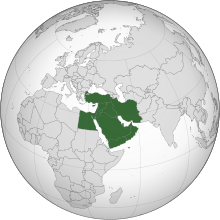
- Region: Middle East
- Area: 7,207,575 km2
- Population: 371 million (2010)
- Countries: 18 countries plus a few dependencies and disputed territories
- Languages: ~60 languages
Geography and demography
The Middle East refers to the region spanning the Levant, Arabian Peninsula, Anatolia (including modern Turkey and Cyprus), Egypt, Iran and Iraq. This term replaced the Near East (as opposed to the Far East) in the early 20th century.
The history of the Middle East dates back to ancient times. The geopolitical importance of the region has been recognized for millennia. Several major religions have their origins in the Middle East, including Judaism, Christianity, and Islam. Arabs constitute the main socioethnic grouping in the region. Others include Turks, Persians, Kurds, Azeris, Copts, Jews, Assyrians, Iraqi Turkmen, and Greek Cypriots.
The Middle East has a hot, arid climate, especially in the Peninsula and Egyptian regions. Several major rivers provide irrigation to support agriculture in limited areas. The most important rivers are the Nile Delta in Egypt, the Tigris and Euphrates watersheds of Mesopotamia (Iraq, Kuwait, and eastern Syria), as well as the Fertile Crescent.
Most of the countries that border the Persian Gulf have vast reserves of petroleum.
Other concepts of the region exist too. One is the broader Middle East and North Africa (MENA), which includes states of the Maghreb and Sudan. Another, the “Greater Middle East”, includes parts of East Africa, Afghanistan, Pakistan, and sometimes the South Caucasus and Central Asia.
Africa
Map and numbers
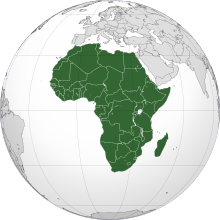
- Region: Africa
- Area: 30,370,000 km2
- Population: 1,275,920,972 (2018)
- Population density: 36.4/km2
- Nominal GDP: $2.19 trillion (2021)
- PPP GDP: $6.84 trillion (2021)
- Per capita GDP: $1,860 (2021)
- Demonym: African
- Countries: 54 (and 2 disputed)
- Dependencies: External (5), Internal (6)
Geography
Africa is the world’s second-largest and second-most populous continent, after Asia in both cases. At about 30.3 million km2 including adjacent islands, it covers 6% of Earth’s total surface area and 20% of its land area. With 1.3 billion people as of 2018, it accounts for about 16% of the world’s human population. The continent is surrounded by the Mediterranean Sea to the north, the Isthmus of Suez and the Red Sea to the northeast, the Indian Ocean to the southeast and the Atlantic Ocean to the west.
The continent includes Madagascar and various archipelagos. It contains 54 recognised sovereign states (countries), eight territories and two de facto independent states with limited or no recognition.
Africa straddles the equator and the prime meridian. This makes it the only continent in the world situated in all four cardinal hemispheres. It is the only continent to stretch from the northern temperate to southern temperate zones. The majority of the continent and its countries are in the Northern Hemisphere.
Demography and history
Africa’s population is the youngest amongst all the continents. The median age in 2012 was 19.7, when the worldwide median age was 30.4.
Africa, particularly Eastern Africa, is widely accepted as the place of origin of humans and the Hominidae clade (great apes).
Early human civilisations, such as Ancient Egypt and Carthage emerged in North Africa. Due to a long and complex history of civilisations, migration and trade, Africa hosts a large diversity of ethnic groups, cultures and languages.
In the late 19th century, European countries colonised almost all of Africa. They extracted resources from the continent and exploited local communities. Most present states in Africa emerged from a process of decolonisation in the 20th century.
Source
Wikipedia on a Creative Commons Attribution-ShareAlike License. Date: 2022-03-09.

